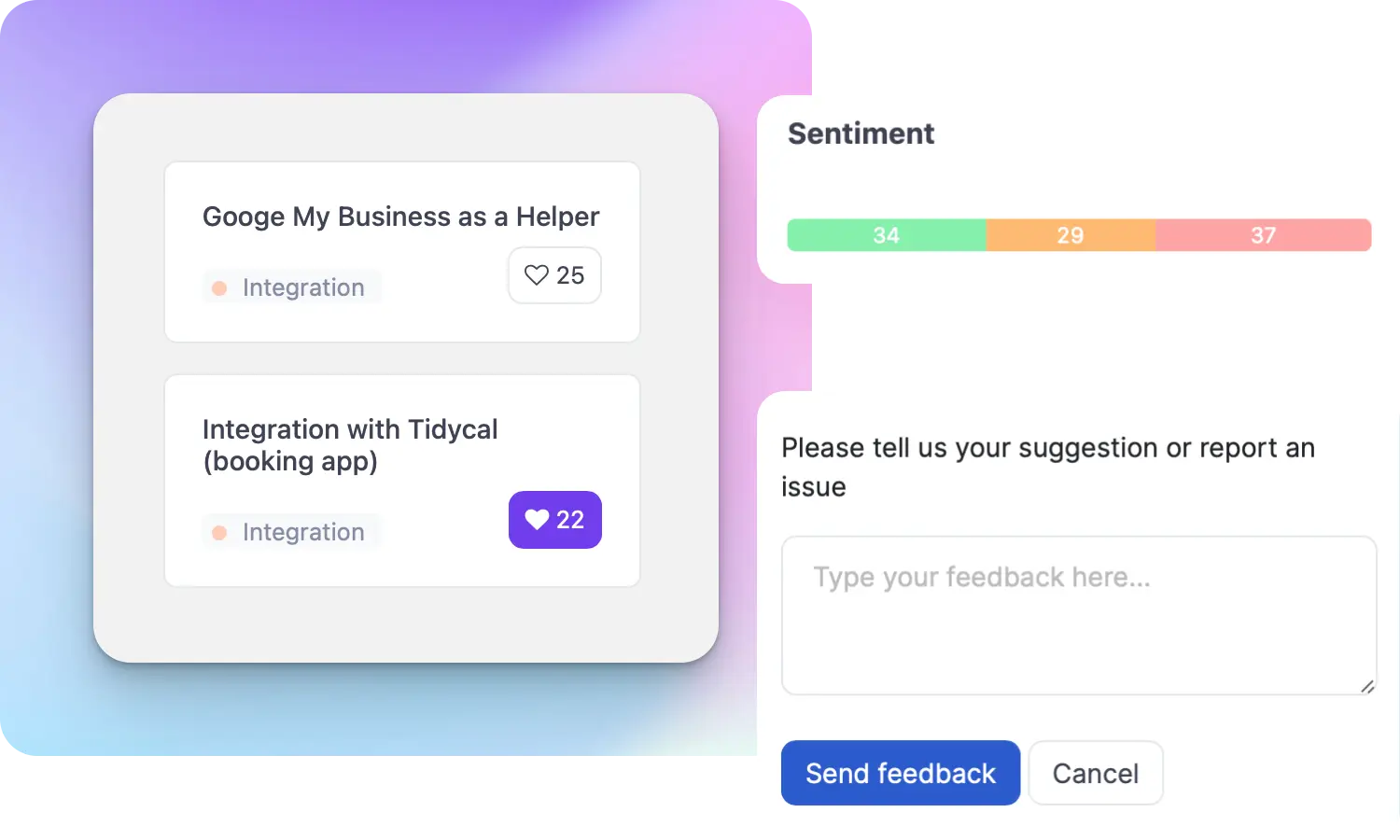What is a Business Case?

Ruben Buijs
A business case is a document that outlines the justification for a proposed project or investment from a business perspective. It presents a compelling argument for why the project is necessary, what benefits it will bring, and how it aligns with the organization's goals and objectives. The business case provides a comprehensive analysis of the costs, risks, and potential rewards associated with the project, allowing decision-makers to evaluate its feasibility and make informed choices.
Examples
Here are a few examples to illustrate the concept of a business case:
-
New Product Development: A software company wants to develop a new customer relationship management (CRM) tool. The business case would outline the market demand for such a product, potential revenue streams, development costs, and competitive advantages.
-
Infrastructure Upgrade: A manufacturing company wishes to upgrade its production line to improve efficiency and reduce costs. The business case would analyze the current inefficiencies, projected cost savings, implementation timeline, and return on investment.
-
Market Expansion: A retail company considers opening a new store in a different city. The business case would assess the market potential, competition, estimated sales revenue, operational costs, and risks associated with the expansion.
Importance
A well-crafted business case plays a crucial role in the decision-making process for any project or investment. Its importance can be summarized as follows:
-
Justification: A business case provides a clear and logical justification for undertaking a project, ensuring that resources are allocated to initiatives that align with the organization's strategic objectives.
-
Evaluation: By analyzing costs, benefits, and risks, a business case enables decision-makers to evaluate the feasibility and potential impact of the proposed project, helping them make informed choices.
-
Communication: The business case serves as a communication tool, conveying the project's value proposition to stakeholders, executives, and potential investors, gaining their support and ensuring a shared understanding.
How to Use a Business Case
To effectively use a business case, follow these steps:
-
Identify the Need: Clearly define the problem or opportunity that the project aims to address. Gather relevant data and conduct research to support your arguments.
-
Outline the Proposal: Articulate the proposed solution, including objectives, deliverables, and expected outcomes. Describe the project scope, timeline, and resource requirements.
-
Assess Costs and Benefits: Analyze the financial implications of the project, considering both upfront costs and long-term benefits. Quantify tangible benefits such as increased revenue or cost savings, as well as intangible benefits like improved customer satisfaction or employee morale.
-
Evaluate Risks: Identify potential risks and uncertainties associated with the project. Assess their impact and likelihood, and propose mitigation strategies to minimize their effects.
-
Present a Compelling Argument: Structure your business case in a logical and persuasive manner. Use clear language, charts, and graphs to convey complex information effectively. Tailor the presentation to the audience, highlighting the aspects most relevant to their interests and concerns.
Useful Tips
Consider the following tips when creating a business case:
-
Be Realistic: Ensure that your assumptions, projections, and estimates are based on reliable data and thorough analysis. Unrealistic or overly optimistic projections can undermine the credibility of your business case.
-
Include Stakeholders: Involve relevant stakeholders in the development of the business case. Seek their input, address their concerns, and incorporate their perspectives to build consensus and increase buy-in.
-
Highlight Strategic Alignment: Clearly demonstrate how the proposed project aligns with the organization's strategic goals and objectives. Emphasize the positive impact it will have on the company's overall strategy and competitive advantage.
-
Update and Review: Regularly update and review the business case throughout the project lifecycle. Monitor actual outcomes against projected benefits and adjust your plans accordingly. This ensures that the business case remains relevant and accurate.
Related Terms
- Return on Investment (ROI)
- Cost-Benefit Analysis
- Project Management
- Feasibility Study
- Risk Assessment
- Stakeholder Analysis
- Value Proposition
- Project Scope
- Market Analysis
- Financial Forecasting





